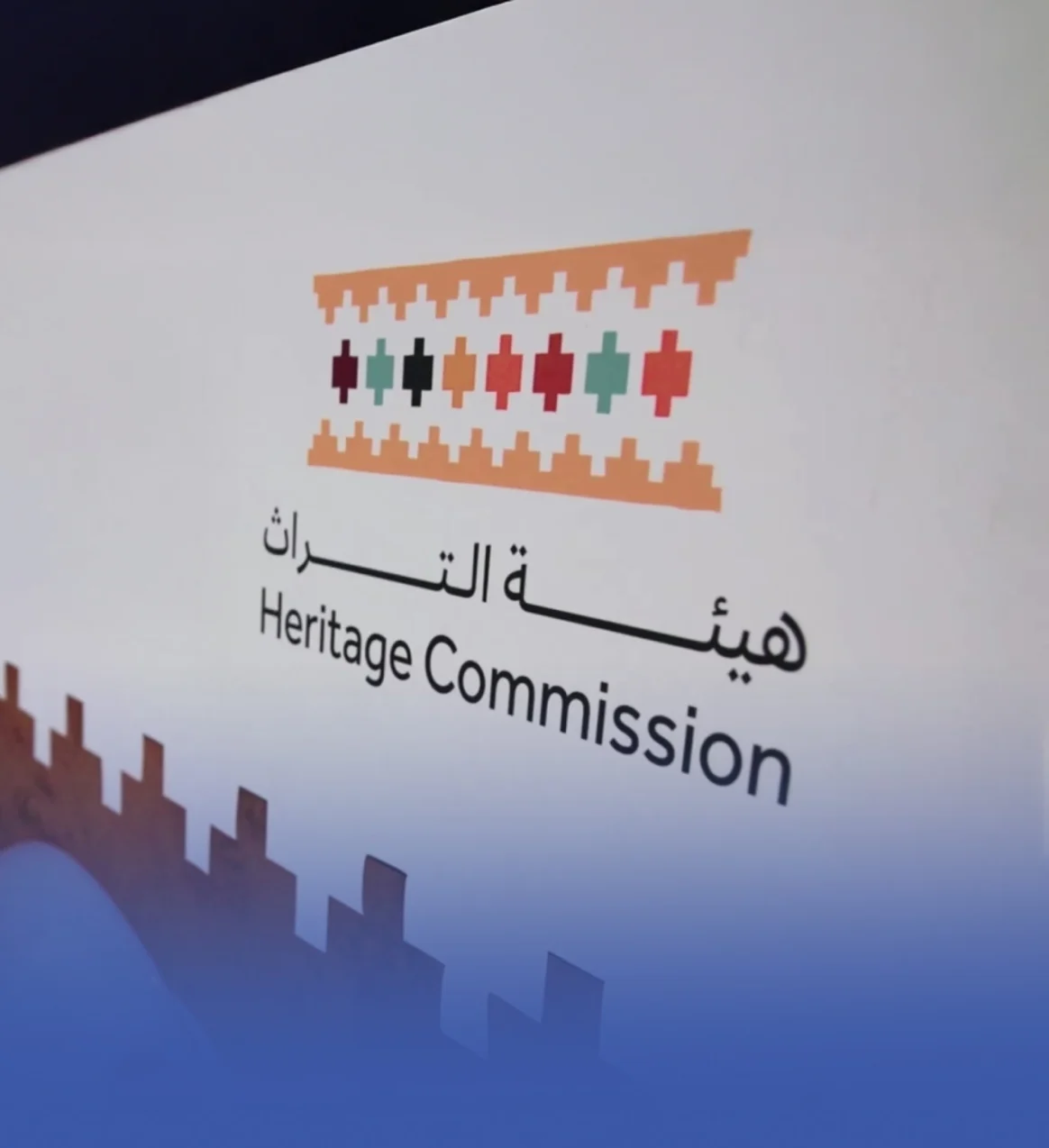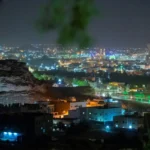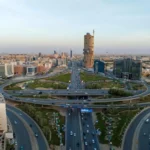The Heritage Authority has registered more than 1,500 new archaeological sites in the National Register of Antiquities across various regions of the Kingdom, bringing the total number of registered sites to 11,500.
The newly registered sites include 1,100 sites in Riyadh, containing findings from the initial survey project with the King Abdulaziz Royal Reserve, in addition to 184 sites in the Al-Baha region, 85 sites in Tabuk, 70 in the Northern Borders region, and 3 sites in Jeddah city.
The registration aims to expand the base of archaeological sites, preserve them, and develop them in a way that ensures their sustainability for future generations, contributing to strengthening national identity and highlighting the importance of cultural heritage in society’s life.
This addition to the National Register of Antiquities represents an extension of the Heritage Authority’s ongoing efforts to document and preserve archaeological sites throughout the Kingdom, reflecting the richness and diversity of Saudi heritage.
The registration of sites is based on the Antiquities and Urban Heritage System and the decision of the Heritage Authority’s Board of Directors, which granted the Chief Executive Officer the authority to register archaeological and heritage sites, enhancing the documentation and protection of these sites in accordance with their historical and cultural value.
The Authority encourages citizens and residents to report unregistered archaeological sites through the “Archaeological Report” service and its official accounts on social media platforms and its branches across various regions of the Kingdom, as part of strengthening community partnership which is a fundamental pillar in protecting and developing national heritage.
National Register of Antiquities
The National Register of Antiquities is a comprehensive official inventory in Sweden that documents and protects archaeological sites, ancient monuments, and other significant cultural heritage. Established in the 17th century, it is one of the world’s oldest state-run heritage registers, reflecting a long-standing national commitment to preservation. Its purpose is to ensure that these irreplaceable historical resources are identified, legally safeguarded, and managed for future generations.
Riyadh
Riyadh is the capital and largest city of Saudi Arabia, serving as the nation’s political and administrative center. Historically a walled oasis town and a significant trading hub, it became the capital in 1932 after Abdulaziz Al Saud captured the city and unified the regions to form the modern Kingdom of Saudi Arabia. Today, it is a modern metropolis and a financial hub, known for its striking contemporary architecture alongside historic sites like the Masmak Fortress.
King Abdulaziz Royal Reserve
The King Abdulaziz Royal Reserve is a vast protected area in northern Saudi Arabia, established by a royal decree in 2018. It encompasses several historical regions and was created to conserve biodiversity, rehabilitate natural habitats, and promote eco-tourism. The reserve also protects significant archaeological sites that reflect the long history of human settlement in the area.
Al-Baha region
The Al-Baha region is a scenic highland area in southwestern Saudi Arabia, historically known as the “Region of 1001 Villages.” It was a significant cultural and commercial crossroads for ancient trade routes and is the ancestral home of the Ghamd and Zahran tribes. Today, it is renowned for its terraced agriculture, dense forests, and unique traditional stone and mud architecture.
Tabuk
Tabuk is a historic city in northwestern Saudi Arabia, known today as the capital of the Tabuk Region. It has ancient roots, being home to the Al Bidaa archaeological site and mentioned in accounts of the Expedition of Tabuk led by the Islamic prophet Muhammad in 630 CE. The region is also known for the historic Hejaz Railway station, which played a significant role in the early 20th century.
Northern Borders region
The Northern Borders region is a historically significant area in Saudi Arabia, known for its ancient trade routes and archaeological sites that date back thousands of years. It served as a crossroads for civilizations and caravans, linking the Arabian Peninsula to the Levant and Mesopotamia. Today, the region is characterized by its vast desert landscapes and a culture deeply rooted in traditional Bedouin heritage.
Jeddah city
Jeddah is a major port city on Saudi Arabia’s Red Sea coast, historically serving as the gateway for pilgrims traveling to the holy cities of Mecca and Medina. Its historic core, Al-Balad, is a UNESCO World Heritage site famed for its distinctive traditional houses built with coral stone and ornate wooden balconies called *rawashin*. This old city stands in contrast to the modern Jeddah of today, which is a bustling commercial hub and the country’s second-largest city.
Heritage Authority
The Heritage Authority is a governmental body responsible for protecting and promoting cultural heritage within a nation. It typically oversees the preservation of historical sites, artifacts, and intangible traditions. Its history often involves being established to formalize national conservation efforts, frequently in response to growing awareness of the importance of safeguarding cultural identity from modernization or neglect.






